What does SME IPO Mean?
SME IPO means a public offer of equity shares by a small and medium enterprise which is defined as one with post-issue paid-up capital between INR 3 crore – and INR 25 crore. SME IPO segment has garnered strong interest from investors in recent years. This is visible in the huge subscription levels as well as the quality of participation. Noteworthy, it is not just retail investors who are getting interested in this section of the market, even financial institutions are seen applying for some of these public offers.
IPO Central offers a lively discussion forum where readers can get the latest SME IPO GMP. Although the grey market is an informal setup and not recognized by stock exchanges, a grey market premium of several IPOs has correctly predicted eventual listing prices.
In India, both largest stock exchanges have separate SME platforms i.e. BSE SME and NSE SME (Emerge platform). BSE SME platform started in March 2012 while NSE SME IPO platform started later in the same year. While starting small, both platforms have gained traction in the subsequent years as a means of raising funds. As of November 2023, there were 397 companies listed on the NSE SME platform for small and medium businesses.
Read Also: Highest SME IPO Subscription in 2024
Difference between mainboard and SME IPOs
Without a doubt, the success of SME IPOs is not a fluke and needs closer attention and study. Nevertheless, it is in times like this when investors tend to go overboard and end up getting into something they regret later. It is, therefore, important to understand the potential downside of SME IPOs before taking the plunge and how they differ from mainboard IPOs. For starters, there are several commonalities including ASBA applications between the two categories. Here are some key points regarding the differences between mainboard and SME IPOs:
#1 Risky Bets
SMEs are usually very early in their life stages when they hit the primary markets and thus, there are several risks in SME IPO investing. While it means that investors get a chance to pick potential multibaggers fairly early in SME IPOs, this seeming advantage comes with the inherent downside of losing money where fundamentals aren’t strong or business may deteriorate in the future. Needless to say, this is a risky combination and represents a double-edged sword. In some ways, SME IPO investing is like VC investing where 9 out of 10 bets go wrong and the majority of positive returns are scored by just 1 or 2 companies.
Read Also: How to identify good IPOs
#2 SME IPO Investing: Big Application and Lot Size
SME IPO investing typically involves applications in excess of INR100,000 which is quite high when compared to INR14,000-15,000 for mainboard IPOs. This high entry barrier is not just limited to the initial allotment of shares but is also applicable during subsequent trading in these shares. For example, an SME IPO with a bid lot of 2,000 shares will retain this lot size and investors can only trade in the multiples of this lot size.
In other words, an investor cannot buy or sell in fractions of lot size which makes these stocks highly illiquid. This is different from mainboard IPOs where the concept of lot size is limited to the primary market only and subsequent trading can happen in multiples of one share.
#3 SEBI is not in the picture
Unlike IPOs on the mainboard exchanges where market regulator SEBI plays an active role right from vetting prospectus to giving observations, SME IPOs are mostly managed by stock exchanges. As such, the draft prospectus of an SME IPO candidate is not examined by SEBI.
The sole responsibility of examining and approving the IPO is on the relevant stock exchange. “The Equity Shares offered in the Issue have not been recommended or approved by SEBI, nor does SEBI guarantee the accuracy or adequacy of this Prospectus,” is a common line one can find in the filings of SMEs.
#4 Different Rules about Profitability
SME IPO hopefuls are required to show profitability in at least two of the immediately preceding three financial years with each year being a period of at least 12 months. If this condition is not met, the company’s net worth shall be at least INR3 crore. The requirement for mainboard aspirants is stringent and SEBI needs companies to have a minimum of INR15 crore in average pre-tax operating profit in at least three years of the immediately preceding five years.
#5 Net Worth Requirements
SEBI requires mainboard IPO companies to have a net worth of at least INR1 crore in each of the preceding three full years but the requirement for SMEs is INR1 crore as per the latest audited financial results.
#6 SME IPOs Need to be Underwritten
SME IPOs are required to be 100% underwritten which is not the case with their mainboard counterparts. This is another factor that makes SME IPO investing risky.
#7 SME IPOs are Risky but Retail Investors are Welcome
Above mentioned points make it amply clear that SME IPO investing has a number of risks and is only meant for investors with a high-risk appetite. Nevertheless, SME IPOs aim to allot at least 50% of the shares to retail investors. In case of healthy demand (as it is these days), more allotment may be made.
This is a radically different scenario from mainboard IPOs where retail investors get a maximum of 35% in the case of companies with profitable track records. On main exchanges, companies with profitability of fewer than three years in the last five years are considered risky, and retail investor’s exposure is limited to just 10% in such cases.
Not for the Fainthearted but can be Immensely Rewarding
All in all, SME IPOs tend to not only entail a higher element of risks in the absence of stringent disclosures and profitability requirements but also present a real possibility of investors getting stuck with illiquid stocks. The double whammy in the case of SME IPOs is that investors can get trapped with a high amount of capital if sentiments change post-listing. If not more, we are talking about at least INR100,000.
Capital perseverance is one of the very first principles in wealth creation and should not be overlooked at any cost. One might get a feeling of being left out while looking at SME counters after listing but let’s not forget that no one loses by forgoing paper profits.
By no means this article is to discourage investors or drive them away from SME IPOs. It is rather an effort to show a clear picture of the potential downside. Eventually, everything boils down to comfort levels. If you are fine with big lot size and limited liquidity in SME stocks, may the force be with you.
Please note that SME offers may not be for everyone and one should be aware of the advantages and disadvantages of these offers. Check out our detailed analysis of the pros and cons of SME IPOs. In short, investing in SME public offers requires large sums of money, has limited or no oversight from market regulator SEBI, and has low liquidity post-listing. Since there is little to no coverage from the analyst community, investors are mostly left on their own to do their due diligence.
Since these are small and medium enterprises, there may not be sufficient operating history for many of these businesses. Over the years, it has been natural for some of these companies to go out of business as well.
While all of these may appear negative points, SME IPO investing may still be greatly rewarding. Some of the SME offers such as EKI Energy, Gensol Engineering, etc have gone on to create immense wealth for investors. This is not surprising since investors get an entry in a growth story pretty early by investing in SME public offers. Another big positive on the SME side is very attractive valuations as the businesses are mostly undiscovered and with limited analyst coverage. Nevertheless, there is always an element of risk as stated above for obvious reasons.
Investors desirous of investing in SME public offers need to have a deep understanding of business cycles, domain expertise, and the capacity to wait it out for better returns. In addition, the importance of deep pockets to withstand shocks and yet remain in the game can not be overstated. SME IPO investing is vastly different from its mainboard cousin given the significantly different minimum investment amounts and investors need to understand it beforehand.
Further Resources
Check our SME IPO list section to get up-to-date information about past, current, and future offers. In addition, you can make use of valuation metrics such as Earnings Per Share (EPS), Price by Earnings (P/E) ratio, Return on Net Worth (RONW), and Net Asset Value (NAV).
As one can see from the list above, stock exchanges have been busy with SME offers in 2022. Similar to this list of SME public offers in 2022, we have compiled data for other years. Here are some quick links to help you in navigating all things SME on this site:

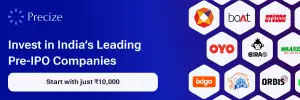




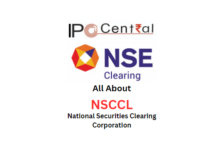





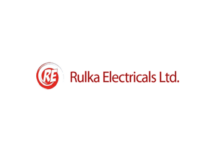
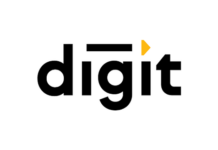


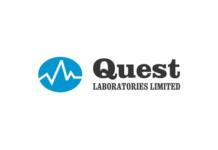


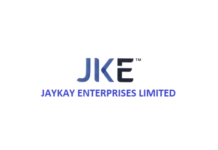
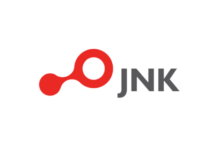




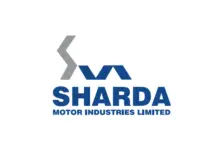




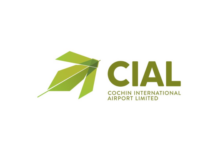



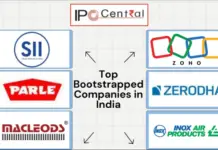



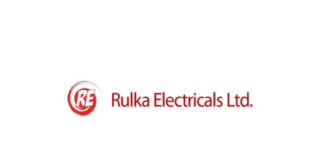
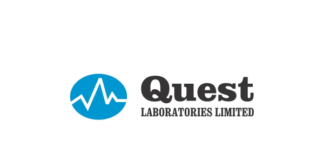

Thank you for generously sharing this invaluable information. It has proven to be incredibly beneficial to me. I am constantly in search of high-quality content, and I am elated to have stumbled upon it within your post. As a matter of fact, I am currently working on a piece of content addressing the same topic. I would greatly appreciate it if you could spare some time to review my work and provide your valuable feedback.